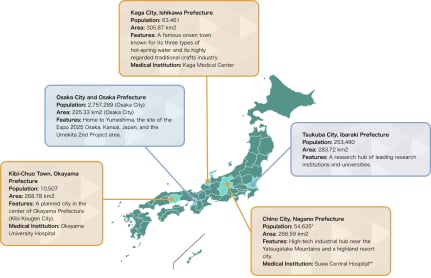The future of aging in ASEAN demands more than individual breakthroughs. It requires coordinated intelligence, distributed ownership, and a shared infrastructure that connects stakeholders across sectors.
At AgeTech Asia, we’re initiating a regional mapping effort to spotlight gaps, surface scalable models, and convene voices across the value chain.
This isn’t about leading a movement but it’s about enabling discovery, strengthening connections, and supporting what already works.
📩 If you're working on an initiative, funding a pilot, or shaping policy, let’s make sure it’s on the map.
Reach us at: hello@agetechasia.com



